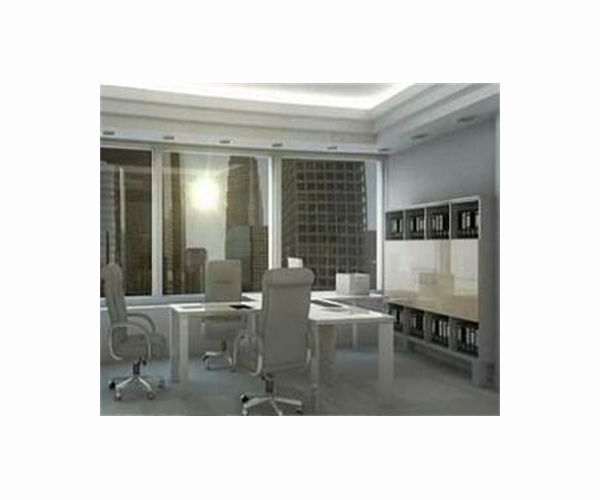KTU researchers are developing advanced solar cells for indoor use to optimize the use of light energy
Scientists at Kaunas University of Technology (KTU) in Lithuania have created new materials that significantly improve the efficiency of solar cells for indoor applications. These photovoltaic cells, which can be integrated into various electronic devices, generate electricity even in low-light environments.
Rising consumption of oil and gas has led to a rise in atmospheric temperatures, contributing to global climate change, now called a climate crisis. To tackle this problem, priority is given to renewable and environmentally friendly energy sources such as wind, water and solar energy.
“Wind and hydropower energy are limited by high costs and location dependence, while solar energy is flexible, efficient and relatively cheap. However, the energy from indoor light sources and natural light entering through windows is lost every day,” says Juozas Vidas Grazulevicius, Professor at the KTU Faculty of Chemical Technology and head of the Chemistry of Materials research group.
According to Professor Grazulevicius, indoor solar photovoltaics can solve this problem by generating electricity even in low-intensity lighting conditions.
A growing market for efficient indoor solar cells
“Perovskite photovoltaic cells for indoor use can be integrated into mobile phones, flashlights and other electronic devices; they can generate electricity under artificial light. With the help of Internet of Things (IoT) technologies, this electricity can be used to operate devices and optimize energy consumption,” says Dr. Asta Dabuliene, senior researcher at the Chemistry of Materials research group, KTU.
The rapid development of IoT technologies has significantly expanded the indoor photovoltaic cell market. High-quality, cost-effective and versatile indoor PV cells are essential to meet this demand.
Dr. Dabuliene has synthesized a series of new, efficient hole-transporting thiazoles[5,4-d]thiazole derivatives for indoor perovskite photovoltaics. These layers selectively transport holes (positive charge carriers) while blocking electrons (negative charge carriers), reducing recombination losses and improving the overall efficiency of the solar cell.
“An ideal hole-transporting semiconductor for these applications would have high hole mobility and good energy level alignment with that of adjacent layers,” explains Dr. Dabuliene out.
A thiazole[5,4-d]thiazole derivative containing a triphenylamine donor fragment, synthesized by Dr. Dabuliene, was used by researchers at Ming Chi University of Technology in Taiwan to develop perovskite solar cells for indoor use. The organic semiconductor developed by KTU allowed the cells to achieve an energy conversion efficiency of 37.0% under 3000 K LED (1000 lx) lighting. The studies highlighted the great potential of thiazole[5,4-d]thiazole derivatives in improving the efficiency of perovskite solar cells.
International cooperation stimulates innovation
The innovation in indoor solar cells is the result of the joint efforts of an international team of scientists. The Chemistry of Materials research group at KTU developed and synthesized organic semiconductors that efficiently transport positive charges and studied their properties. Theoretical studies of the new compounds were conducted by scientists from King Abdullah University of Science and Technology (Saudi Arabia). Researchers from Ming Chi University of Technology in Taiwan have constructed and characterized the perovskite solar cells for indoor use.
Professor Grazulevicius emphasized the benefits of international collaboration: “This year, researchers from the Chemistry of Materials research group won four European Horizon Program projects. In addition, we have received invitations from colleagues from Great Britain and Germany to collaborate in preparing another project proposal.”
He also noted that the Chemistry of Materials research group at KTU includes researchers from several countries such as Lithuania, Ukraine, India, Pakistan, Armenia, Egypt and Nigeria. He believes that working in an international team brings varied perspectives and innovative solutions, although it requires navigating communication, cultural and organizational challenges to achieve common goals.
“Different cultures and experiences help generate new ideas and innovative solutions, and each team member brings unique knowledge and skills that enrich the overall range of competencies. By working with people who speak different languages, we can improve international communication and promote language skills , while promoting different working cultures, greater flexibility and adaptability to different situations,” says Prof. Grazulevicius.
Research report:Improving the efficiency of perovskite solar cells with hole-selective layers of rationally designed thiazolo[5,4-d]thiazole derivatives


